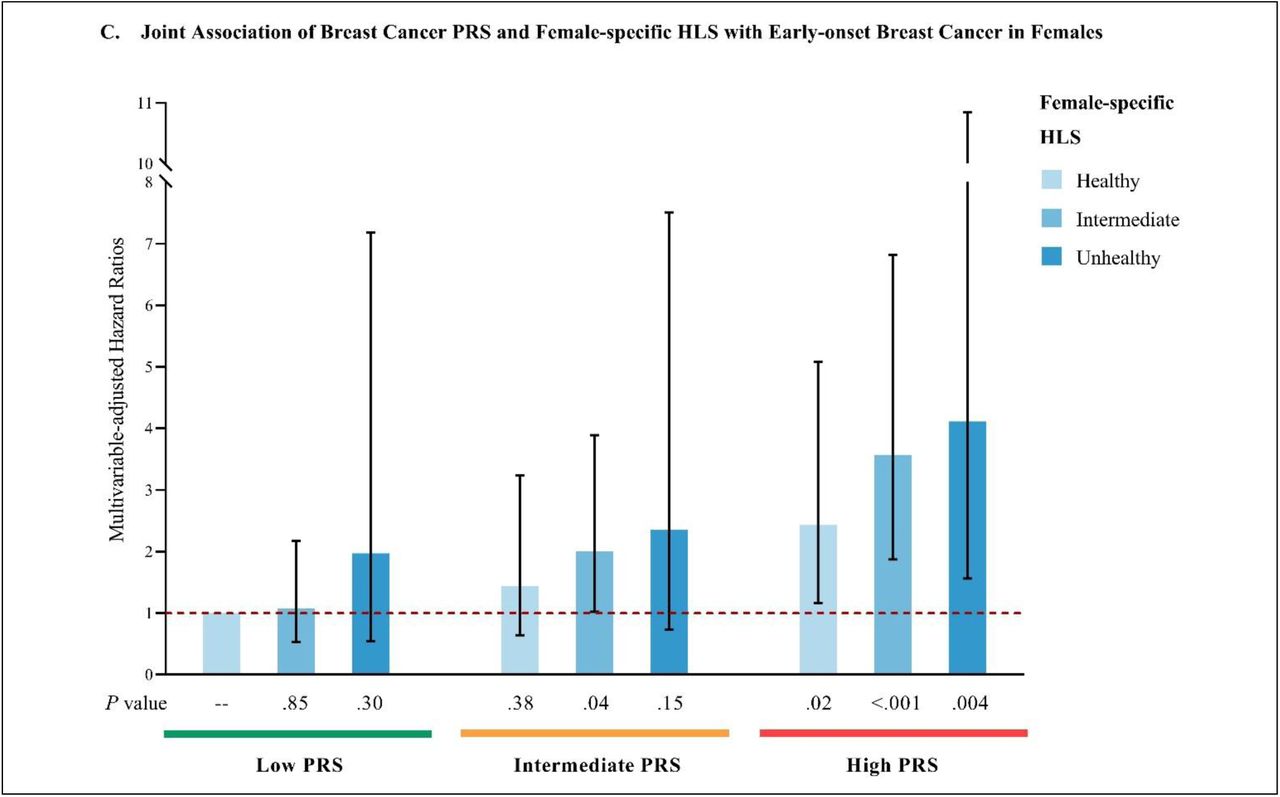
More Young Americans Are Being Diagnosed with Cancer – Here’s What a Significant New Study Uncovers
In a troubling trend that’s capturing national focus, a significant new study from researchers at the National Institutes of Health (NIH) has indicated that an increasing number of young Americans below the age of 50 are being diagnosed with specific types of cancer. Released in the journal Cancer Discovery on May 8, 2024, the pivotal study analyzed U.S. cancer data from 2010 to 2019 and revealed alarming patterns in early-onset cancers—those affecting younger adults.
By utilizing data from across the nation, NIH scientists pinpointed 14 types of cancer that are on the rise among younger populations. Notably, breast, colorectal, kidney, and uterine cancers are escalating at rates that hint at possible changes in environmental factors, lifestyle choices, and trends in screening practices. The insights gained may impact public health recommendations and cancer screening protocols going forward.
Which Cancers Are Growing in Younger Populations?
The NIH review assessed patterns across 33 cancer types, identifying increases in 14 types among individuals under 50. While not every age group under 50 experienced the same level of impact, significant rises were observed in people aged 30 to 40.
The most pronounced increases included:
– Female Breast Cancer
– Colorectal Cancer
– Kidney Cancer
– Uterine Cancer
– Pancreatic Cancer
– Testicular Cancer
– Three types of Lymphomas
Moreover, certain cancers were found to be increasing exclusively in younger adults and not in those over 50. These comprise:
– Melanoma (skin cancer)
– Cervical Cancer
– Stomach Cancer
– Multiple Myeloma
– Cancers of the Bones and Joints
Dr. Meredith Shiels, the lead author from the National Cancer Institute (NCI), remarked, “This research serves as a foundation for comprehending which cancers are on the rise among individuals under the age of 50.”
How Significant Is the Issue?
To provide context, Dr. Shiels and her team calculated the number of excess cancer cases diagnosed in 2019—beyond what would have been anticipated had 2010 rates stayed constant.
Their findings were startling:
– Female breast cancer: 4,800 additional cases
– Colorectal cancer: 2,100 additional cases
– Kidney cancer: 1,800 additional cases
– Uterine cancer: 1,200 additional cases
These four cancer types accounted for over 80% of all additional early-onset cancer cases in 2019.
Despite the increasing incidence being a substantial concern, researchers found that cancer mortality rates remained stable for the majority of cancer types among younger individuals. Exceptions were noted in colorectal and uterine cancers, where mortality rates have increased—raising alarms among health officials and researchers.
Understanding the Underlying Reasons: Why Are Rates Rising?
Although the study did not aim to ascertain direct causes, researchers proposed several plausible factors behind the increasing rates:
1. Lifestyle and Environmental Shifts
Escalating obesity rates—particularly in younger adults—have been closely associated with several of the cancers that are becoming more prevalent, such as colorectal, kidney, and uterine cancers. Factors like diet, lack of physical activity, and metabolic changes may contribute.
2. Cancer-Specific Risk Elements
Certain cancers may be on the rise due to heightened exposure to particular environmental or infectious agents or alterations in medical conditions that increase cancer susceptibility.
3. Improved Detection and Screening
Advancements in imaging techniques and an increase in cancer screenings among high-risk young individuals may lead to earlier diagnoses. This is especially applicable for breast and colorectal cancers, where younger people are now being screened more frequently.
4. Changes in Diagnostic and Coding Practices
Developments in diagnostic guidelines and medical coding might also play a role in the appearance of rising cancer rates in national statistics.
“The reasons for these increases are likely to be specific to each cancer type,” Dr. Shiels explained, underscoring the necessity for more in-depth research to distinguish true rises from those influenced by detection or classification changes.
A Mixed Overall Landscape
While the study points out specific troubling increases, it is crucial to highlight that the overall incidence of cancer did not rise uniformly. In fact, 19 types of cancer showed a decline in individuals under 50, including lung and prostate cancers—two historically fatal types.
Furthermore, cancer mortality rates for younger Americans remained consistent across most cancer types, suggesting that early diagnoses and enhanced treatments may offset rising incidences in certain scenarios.
Looking Ahead: The Call for Further Research
This study constitutes an essential progress in cancer epidemiology, yet it also opens up numerous unresolved questions. What factors drive the increasing rates among particular demographics or areas? How do socioeconomic status, race, and genetics contribute? In what ways do lifestyle, diet, hormonal influences, and environmental factors interact over time?
Future research must delve deeper into these inquiries to gain a comprehensive understanding of why early-onset cancers are on the rise, and what preventive measures can be implemented. The NIH